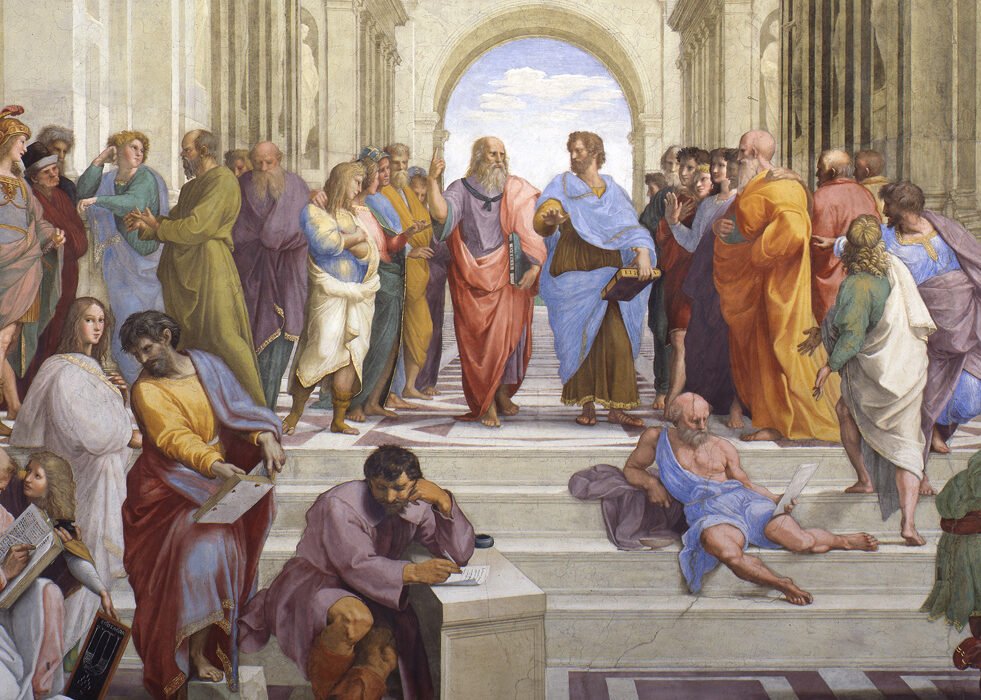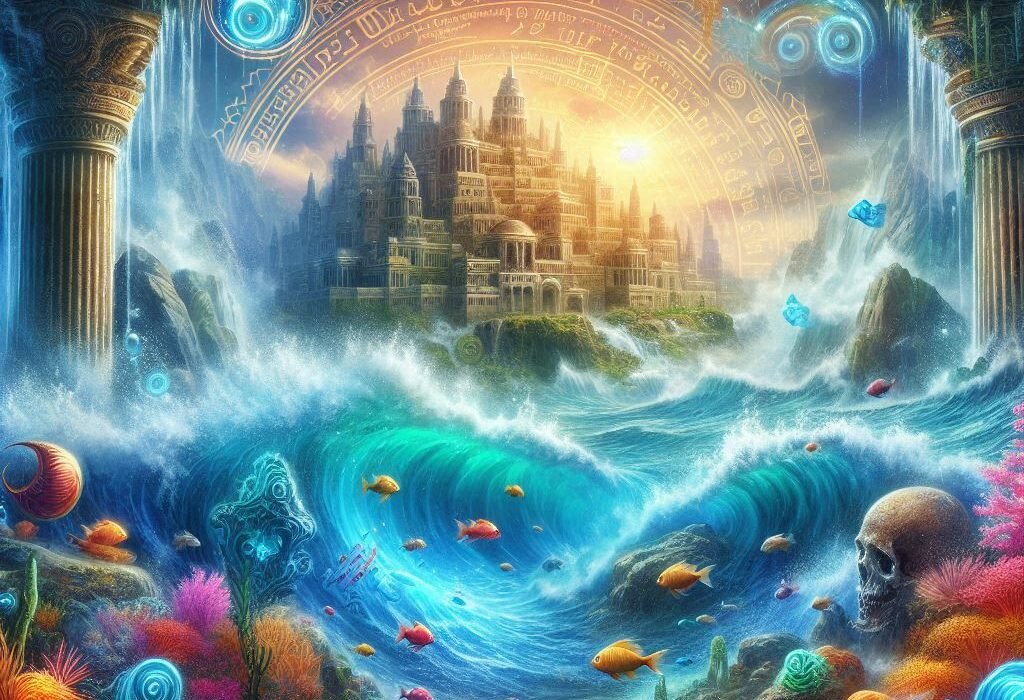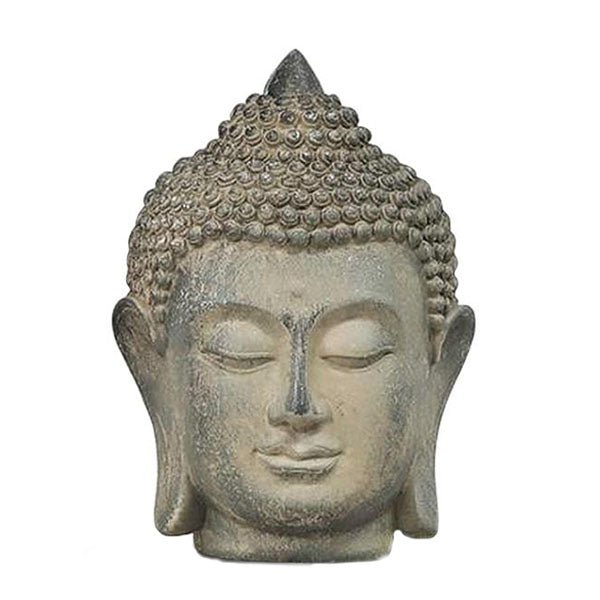From the earliest whispers of human thought, one question has echoed across centuries, civilizations, and continents: what lies beyond the material world? Long before science gripped the imagination, mystics, sages, and shamans told of hidden worlds, shimmering layers of reality veiled just beyond the senses. These were not places to be measured by instruments, but realms to be perceived through the mind, spirit, and soul. Across cultures, one vision rises with remarkable consistency: the idea of multiple spiritual planes, seven in number, ascending in vibrational frequency from the most material to the most divine.
What are these seven realms? Are they metaphorical maps of inner transformation, or literal dimensions coexisting with our own? Why seven? And what truths might these ancient cosmologies contain about the nature of existence itself? Journey now beyond the veil as we explore the Seven Spiritual Realms—each a step toward the Infinite.
Realm One: The Physical Plane – The World of Matter and Form
At the base of all things lies the material world, the Physical Plane. This is the realm we know best—where atoms form objects, time flows like a river, and the laws of nature govern every breath, heartbeat, and motion. Here, life unfolds through biological rhythms. Our bodies age, seasons change, and the sun arcs daily across the sky.
Yet even within this most concrete layer, there are echoes of the invisible. Thoughts, dreams, and emotions arise within the physical brain, though their origins feel anything but mechanical. In spiritual cosmology, the physical realm is often viewed as the densest, slowest-vibrating layer of reality. Its solidity is an illusion, maintained by perception and frequency.
To the mystic, being born into the physical realm is not a punishment, but an opportunity. It is the testing ground, the sacred stage upon which the soul plays its drama. Here, the soul wears its costume—the body—and experiences joy, suffering, growth, and limitation. It is through these experiences that consciousness begins to stir, setting its eyes toward higher planes.
Yet this realm can also entrap. Attachment to material wealth, obsession with appearances, and the illusion of separation—all act like anchors, holding the spirit from rising. And so the journey begins not by fleeing the physical, but by transcending it from within.
Realm Two: The Etheric Plane – The Bridge of Vital Energy
Just beyond the veil of the physical lies the Etheric Plane—the subtle realm of life force, energy, and vitality. Invisible to the naked eye, this dimension has been described across traditions. The Chinese call it “chi”, the Indians “prana”, and Western esotericists refer to it as the “aura” or “biofield.”
Where the physical realm is made of atoms, the etheric is made of vibration and flow. It is the energetic double of the body, a shimmering template through which life pulses. Healers who practice Reiki or energy medicine work within this realm, channeling forces not bound by matter. Some claim that sickness first appears here, as disruptions in the etheric flow, before manifesting in the physical body.
Clairvoyants describe the etheric body as a luminous field, often bluish or silvery, extending just beyond the skin. It is the realm where chakras whirl, meridians pulse, and vitality is stored or depleted. In death, the etheric body dissolves shortly after the physical, releasing the soul from its energetic shell.
The etheric realm also acts as a bridge—a conduit between body and spirit. It is where dreams begin to drift upward and spiritual impressions descend into the waking mind. Many out-of-body experiences start with a shift into this layer, as the explorer hovers just above the physical body in a state of energetic freedom.
Realm Three: The Astral Plane – The Realm of Emotion and Dream
The third spiritual realm is the Astral Plane, a dimension of emotion, imagination, and dream. Here, thought creates form instantly. It is the place of lucid dreams, visionary journeys, and near-death experiences. Unlike the dense physics of Earth, the astral realm is fluid, responsive, and highly symbolic.
Ancient mystics called this the realm of Maya—illusion. Not because it is false, but because it mirrors consciousness back to itself. Here, emotions take shape as colors, environments shift with intention, and desires can manifest as living forms. It is the realm of angels, guides, and sometimes even nightmares. Many belief systems regard it as the plane souls enter immediately after death, to process earthly life and prepare for further ascent.
But the astral world is not without danger. It contains the residue of unresolved emotion and projection. Negative entities or thought-forms—called elementals—may linger here, drawn by fear, guilt, or trauma. Thus, spiritual traditions have long emphasized purification of the emotional body before traversing the astral safely.
Yet this realm is also a gateway to wonder. Shamans speak of flying through vast astral landscapes, meeting spirit animals and luminous beings. Tibetan monks train to navigate this dimension with clarity and compassion. In many paths, mastery of the astral realm marks the first real triumph of the soul over illusion.
Realm Four: The Mental Plane – The Realm of Thought and Archetype
Above the Astral Plane lies the domain of pure thought—the Mental Plane. Here, the soul no longer navigates with emotion, but with clarity of mind and intention. It is the realm of logic, understanding, and symbolic truth. Concepts here are not cloaked in form—they simply are.
The lower mental plane is home to concrete thought—mathematics, language, analysis, and philosophy. The upper mental plane transcends even this, entering the domain of archetypes—universal patterns of creation. These are the pure ideas behind form: the idea of “tree”, not any particular tree; the concept of “beauty”, not any specific face. Plato called this the realm of Forms, where truth exists independent of its physical expression.
Mystics say that from this level, one can understand karma and reincarnation with startling clarity. Lifetimes appear as petals of a larger flower, and the soul’s journey becomes a mosaic of learning, choice, and consequence. Some claim that time begins to lose meaning here—events are seen not as linear, but as patterns in a grand tapestry.
Those who reach this realm often return transformed. Thinkers, inventors, and artists sometimes receive their insights from this plane—flashes of genius that seem to come from nowhere. The Mental Plane is a realm of pure potential, where thought dances into creation and truth sings in silence.
Realm Five: The Causal Plane – The Realm of Soul
If the lower realms are reflections, the Causal Plane is the mirror itself. This is the home of the individual soul, the timeless self that incarnates again and again to learn, evolve, and remember its divine origin. It is called “causal” because from here, the causes of incarnation originate.
In this realm, the soul perceives its full journey—not just a single lifetime, but all lifetimes, connected like notes in a song. The burdens of personality fall away, and what remains is the radiant being of light and intention—the true “I” behind the mask. Many report experiences of profound love, infinite peace, and joyful unity when touching this level in deep meditation or during near-death experiences.
From the Causal Plane, the soul designs each incarnation like a sculptor choosing tools and stone. Lessons are chosen, relationships are planned, and even suffering is seen as opportunity for expansion. This plane is the realm of spiritual guides and higher beings who assist in this process.
Unlike the ever-changing mental or astral planes, the Causal Plane is stable and luminous. It is here that the soul receives the whisper of its purpose. In some traditions, this is where enlightenment begins—not the end of the journey, but its conscious beginning. Those who awaken to their soul nature carry a peace that surpasses understanding, for they know that life is not random—it is sacred choreography.
Realm Six: The Buddhic Plane – The Realm of Unity and Compassion
Beyond the individual soul lies a realm of collective consciousness—the Buddhic Plane. This is the level of oneness, where the illusion of separation fades completely. In this realm, distinctions between self and other dissolve. All beings are felt as one vast organism of light, each soul a cell in the infinite body of Spirit.
The name “Buddhic” derives from the word “Buddhi”, meaning intuitive wisdom or direct perception. Here, truth is not learned—it is known, instantly, as if remembering something long forgotten. This is the plane of spiritual realization, where saints and sages abide. Compassion here is not a choice—it is the natural state of one who sees all beings as extensions of oneself.
In the Buddhic realm, suffering becomes understandable in a new way. One no longer sees good and evil as absolutes, but as processes within a vast unfolding. Forgiveness flows naturally, because judgment dissolves in the light of unity. From this plane, healing energies descend into the lower worlds, inspiring acts of service, art, and transcendence.
Mystics who have touched this realm often return with tears of joy, struggling to describe what they’ve seen. Words fail to express the radiant harmony, the living oneness, the music of creation itself. This realm is said to be the threshold of divinity—the border between individuality and infinite Spirit.
Realm Seven: The Atmic Plane – The Realm of Divine Consciousness
At the summit of the spiritual hierarchy lies the Atmic Plane—the realm of God-consciousness, pure being, and eternal essence. Here, all form, thought, and individuality dissolve. What remains is light, silence, and unbounded awareness. The Atmic Plane is the realm of Spirit beyond spirit, the face behind all masks.
This realm is not experienced through perception, but through identity. One does not “see” God—they become God, or more precisely, one remembers that they always were. It is here that the soul merges fully with Source, as a drop returns to the ocean. From this perspective, the entire journey—from physical to causal—is seen as a single breath of the Divine.
Mystics who describe this plane speak in paradox. It is nothing, yet it is everything. It is no-thing, yet all things emerge from it. It is the eternal now, the birthplace of time, and the silence that speaks before words exist.
The Atmic realm cannot be described, only hinted at. It is the Omega Point, the White Light, the Brahman, the Godhead, the Eternal Flame. To reach it is to end the journey—not by destruction, but by transcendence. Some traditions call this Moksha, Nirvana, or Union. It is the end of becoming, and the beginning of being.
Reflections: Mapping the Infinite
Are these realms literal locations, vast dimensions floating somewhere in metaphysical space? Or are they levels of consciousness, inner states of being through which the soul ascends? Perhaps they are both—a spiritual topology of inner and outer, above and within.
Science may scoff, yet even physics now speaks of multiple dimensions, parallel realities, and energy fields that defy Newtonian logic. As quantum theory unravels the fabric of matter, mysticism may find new language in its wake. Perhaps what the ancients saw in trance, physicists now glimpse in equations. The difference is method, not insight.
The seven realms are not dogma. In some traditions, there are nine, or twelve, or infinite levels. But the number seven holds a certain archetypal power. It echoes in music (seven notes in a scale), light (seven colors of the rainbow), and time (seven days in a week). Perhaps our minds, wired for rhythm and pattern, intuit the ladder of ascent not by chance, but design.
Living the Realms: The Spiritual Path Here and Now
Understanding the seven spiritual realms is not merely an exercise in metaphysical curiosity. It is an invitation to transformation. Each realm mirrors an aspect of ourselves: our body, our energy, our emotions, our thoughts, our soul, our compassion, our divinity. To explore these realms is to explore the totality of what it means to be human—and more.
The mystic path is not about escape, but integration. We are not here to deny the body, but to sanctify it. Not to flee emotion, but to purify it. Not to reject thought, but to illuminate it. And finally, to awaken the soul and allow its light to guide us home.
Every act of love draws us closer to the Buddhic realm. Every moment of clarity lifts us toward the Mental Plane. Every still breath, every sincere prayer, every selfless act, becomes a ladder rung to the higher worlds.
Conclusion: What Lies Beyond?
What lies beyond the physical world? Seven realms, perhaps. Or one infinite reality wearing seven masks. Or a spiral of consciousness returning ever inward, ever upward. The answer cannot be found in books alone. It is written in the silence of meditation, the ecstasy of selfless love, and the awe of standing beneath stars.
To walk the path of the seven realms is to remember what we already are: sparks of eternity, dreaming we are flesh. One day, we will awaken. And when we do, we may remember not just who we are, but who we have always been—eternal travelers through the kingdoms of light.






